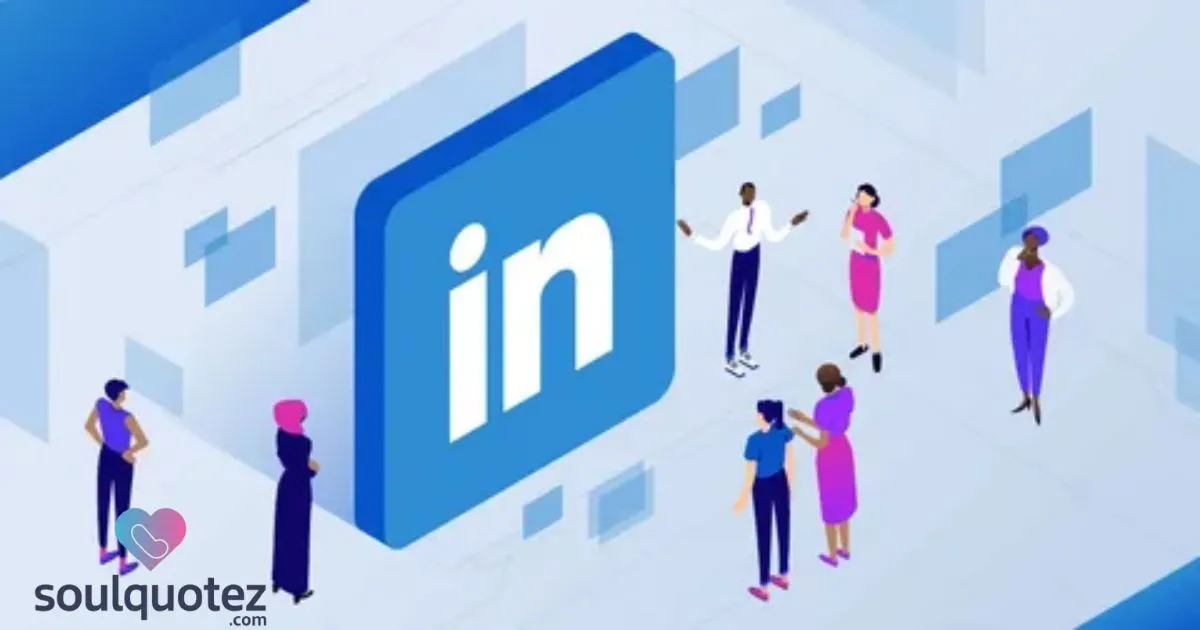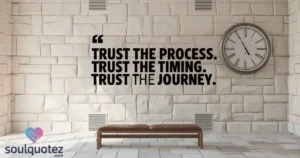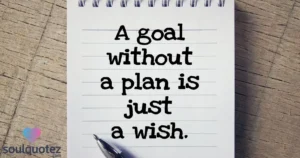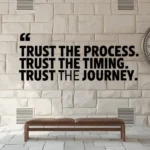“Learn how to effectively humble brag on LinkedIn to boost your career while staying professional.”
In today’s competitive job market, standing out on platforms like LinkedIn is crucial. However, sharing accomplishments without seeming boastful can be tricky. That’s where the art of humble bragging comes in. By subtly highlighting your achievements, you can showcase your value without appearing arrogant. The key is striking the right balance between confidence and humility, ensuring that you come across as both professional and relatable.
To truly make your LinkedIn profile shine, mastering the art of humble bragging is essential. If you want to catch the attention of hiring managers, recruiters, or potential clients, knowing how to subtly showcase your skills and accomplishments can make all the difference. Keep reading for a step-by-step guide on how to brag without bragging.
Humble bragging on LinkedIn involves talking about your achievements in a way that’s modest yet impactful. You can do this by framing your accomplishments around challenges you’ve overcome or lessons learned. This technique not only helps to highlight your success but also showcases your growth mindset and humility.
Importance of Effective LinkedIn Humble Bragging Techniques
Effective humble bragging on LinkedIn can play a crucial role in building your professional brand and advancing your career. Here are some reasons why mastering this technique is important:
- Showcasing Achievements Without Sounding Arrogant: Humble bragging allows you to share your accomplishments in a way that highlights your skills and success while avoiding the negative perception of boastfulness. This helps you position yourself as confident yet modest.
- Building a Strong Professional Image: On a platform like LinkedIn, your reputation matters. By subtly sharing your achievements, you create a more polished and professional image that demonstrates your value in your field.
- Engaging Your Network: Humble bragging can spark conversation and engagement from your connections. It makes your updates feel personal and relatable, prompting others to congratulate, ask questions, or offer support.
- Attracting Opportunities: By demonstrating your capabilities in a humble way, you make it easier for recruiters, potential clients, or business partners to recognize your strengths without feeling like you’re overselling yourself. This can lead to more career opportunities, collaborations, and visibility.
- Establishing Credibility: When done correctly, humble bragging helps you come across as credible and accomplished. Sharing how your skills have contributed to tangible outcomes can help you earn the respect of your network.
Beautiful Responses to “The Moon is Beautiful”
Enthusiastic Replies
- Responding with excitement can energize a conversation and keep it engaging.
- Sharing personal victories and passions can motivate others to do the same.
- Enthusiastic replies show a genuine interest in what others are sharing.
- They create a positive, upbeat atmosphere that encourages open communication.
- Being enthusiastic often sparks curiosity and invites others to ask questions.
Supportive Replies

- Always offer encouragement when someone shares their achievements.
- Compliment others on their hard work to foster a positive environment.
- A supportive reply can motivate someone to continue pursuing their goals.
- It builds rapport and trust, making conversations more meaningful.
- Show that you genuinely care about others’ successes to build long-term connections.
Humorous Replies
- A good laugh can break the ice and make interactions more memorable.
- Humor humanizes your responses and adds a personal touch.
- Light jokes can diffuse tension and encourage others to engage.
- It shows your personality and helps you stand out in a professional setting.
- Humor, when used correctly, can create a lasting and positive impression.
Motivational Replies
- Inspiring others can help them push through challenges they may face.
- Motivational replies show your leadership qualities and vision.
- Words of encouragement can boost someone’s confidence and morale.
- They position you as a positive influence in your network.
- A motivational response can leave a lasting impact on someone’s day.
Reflective Replies
- Reflecting on someone’s post shows you value their thoughts.
- A thoughtful response encourages deeper discussions and connections.
- Reflective replies are an opportunity to offer insights or advice.
- It demonstrates your willingness to engage on a more personal level.
- A reflective reply shows you’re actively listening and processing information.
Indifferent Replies
- Sometimes, less is more when responding to a post.
- Indifferent replies can be useful when you don’t have strong opinions.
- They keep the conversation neutral and avoid escalating it.
- If you’re unsure of how to respond, an indifferent reply can be a safe option.
- It’s okay to acknowledge a post without offering an enthusiastic reaction.
Deflective Replies
- Deflecting a compliment or question can steer attention away from you.
- Use this technique when you want to share the spotlight or focus on others.
- A deflective reply can keep the conversation humble and grounded.
- It shows your willingness to give credit to others for their efforts.
- When done right, it fosters a more collaborative environment.
Dramatic Replies
- A dramatic reply can catch attention and highlight the importance of a topic.
- Use dramatic responses to show how passionate you are about a subject.
- It can spark interest and prompt more discussion.
- Just be cautious to avoid over-exaggeration that could seem unprofessional.
- Dramatic replies should be used sparingly to avoid overwhelming others.
Sarcastic Replies
- Sarcasm can be a fun way to respond when used appropriately.
- It’s best used with close colleagues who understand your humor.
- A sarcastic reply can lighten the mood, but should not be taken too far.
- Make sure it’s clear that you’re joking to avoid misunderstandings.
- Use sarcasm wisely, as it may come off as negative if misused.
Encouraging Replies
- Offer words of encouragement to help someone feel confident.
- Positive reinforcement can motivate others to pursue their goals.
- Encourage others when they share successes or challenges.
- It shows you care about their progress and well-being.
- Encouraging replies help foster a supportive network.
How to Reply to a Girl
When replying to a girl, it’s important to maintain a balance of respect, attentiveness, and friendliness. Here are some key points to consider:
- Be Respectful and Considerate: Always approach the conversation with respect. Acknowledge her thoughts and feelings, and avoid dismissive or negative responses.
- Show Genuine Interest: Take the time to understand her opinions, experiences, and interests. Ask questions to dive deeper into the conversation, showing that you care about what she has to say.
- Use Humor Appropriately: Humor can lighten the mood, but it’s essential to gauge her comfort level. Keep it lighthearted and ensure it fits the context of the conversation.
- Be Confident, Not Overbearing: Confidence is attractive, but it’s important not to dominate the conversation. Share your thoughts and opinions while giving her space to express herself.
- Keep the Tone Positive and Fun: A positive, upbeat tone makes the conversation enjoyable. Avoid overly serious or negative topics unless the situation calls for it.
How to Reply to a Guy
When replying to a guy, it’s important to keep the conversation clear, direct, and friendly. Here are some tips for a smooth exchange:
- Be Direct and Clear: Guys often appreciate straightforward communication. Avoid being vague or overly complex. Keep your responses clear and to the point.
- Show Appreciation: If he gives input, feedback, or shares something with you, show appreciation for his perspective. This helps build rapport and makes the conversation feel valued.
- Ask Questions: Keep the conversation flowing by asking questions or sharing your thoughts. This not only shows interest but also encourages him to engage more.
- Respond with Enthusiasm: Show excitement and energy in your replies to keep the conversation lively and fun. A positive tone can make a big difference in how the conversation feels.
- Keep It Casual: Avoid being overly formal. Casual and friendly responses typically work best and create a comfortable atmosphere where both of you can relax and enjoy the conversation.
Maintaining Motivation
- Stay focused on your goals, even when obstacles arise.
- Break larger tasks into smaller, manageable steps to stay motivated.
- Surround yourself with positive influences and people who inspire you.
- Celebrate small wins to keep your momentum going.
- Regularly remind yourself of why you started to keep your motivation alive.
Handling Criticism
- Take criticism as an opportunity for growth rather than a personal attack.
- Ask for specific examples to understand how you can improve.
- Respond to criticism with an open mind and a willingness to learn.
- Separate your feelings from the feedback to stay objective.
- Use constructive criticism to refine your skills and knowledge.
Surround Yourself With Positivity
- Engage with people who uplift and encourage you.
- Limit exposure to negative influences that drain your energy.
- Cultivate a positive mindset by focusing on solutions, not problems.
- Practice gratitude to remind yourself of the good in your life.
- Choose environments and situations that foster personal growth.
Things To Keep in Mind

- Always be mindful of how your responses may affect others.
- Communication is key in maintaining healthy relationships.
- Balance your replies to show empathy and understanding.
- Don’t be afraid to express yourself, but be mindful of your tone.
- Be respectful and considerate in all interactions.
Key Insight
- What is humble bragging on LinkedIn? Humble bragging is subtly highlighting your achievements in a way that doesn’t come off as boastful.
- How can I humble brag without appearing arrogant? Focus on challenges overcome or lessons learned to showcase your success while remaining humble.
- Is humble bragging on LinkedIn effective? Yes, it can effectively draw attention to your skills and accomplishments without sounding too boastful.
- What tone should I use for humble bragging on LinkedIn? Keep it professional, modest, and relatable, showcasing growth and personal development.
- Can humble bragging backfire on LinkedIn? If overdone, humble bragging can seem insincere, so it’s important to strike a balance and keep it natural.
Conclusion
In conclusion, humble bragging on LinkedIn is a powerful tool for showcasing your achievements while maintaining a sense of humility and professionalism. When done correctly, it can highlight your skills, demonstrate your growth mindset, and make you stand out to potential employers or collaborators. The key is to strike the right balance—be confident, but not arrogant. By sharing your accomplishments in a way that feels genuine and relatable, you can effectively build your personal brand and strengthen your professional network. Keep your posts thoughtful, engaging, and focused on the value you bring to others.

Hi! I’m Ethan Matthews, a passionate author of soulquotez.com who loves crafting heartfelt wishes and messages to make every occasion special.













